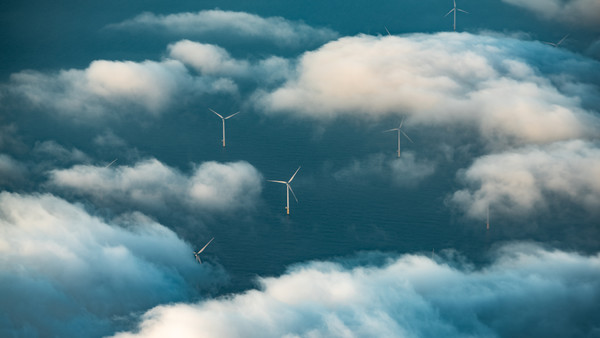The roots of ancient wind-driven mills for grain and water-pumping sink deep into history. Yet modern windfarms still bear a striking resemblance to the old technologies. The dawn of the wind industry began far away from the sea, but the search for stable wind patterns encouraged windfarms offshore.
Integrated oil companies are beginning the transition towards renewables, chiefly offshore wind. Investors are pushing for sustainability and, crucially, technology has developed to such a degree that the investment return for offshore windfarm projects is now as competitive as most traditional oil & gas projects.
A large portfolio of windfarms offer high-return investments, a shorter time-to-market, more flexibility and fewer sunk costs. A general political push towards renewables in the form of subsidies adds to the attractiveness.
Moving windfarms offshore opens up the sector for the world’s oil companies to join the race. The harsh offshore environment is the kingdom of the large oil companies and their offshore contractors, who together, have mastered the complexities of installing and operating platforms on the high seas. There is a convergence of factors here that give a strong hand to the oil companies.
Offshore environment: Oil companies have the technological capabilities to design, install and operate giant floating assets and their offshore contractors have developed a customised fleet of hybrid installation vessels.
Financing: Oil companies have deep pockets needed to self-finance or they have already lined up the financial institutions who have funded their traditional energy projects. They have the credibility and reputation to receive such vast funding quickly.
Distribution network: They have established relationships with the energy buyers. Many energy-intensive industries already have long-standing preferential supply contracts in place with the oil companies. And a number of oil companies themselves own the electricity networks in their own countries.
It is not surprising that many oil companies have moved from initial curiosity to a muscle-flexing financing of major shares in offshore windfarms. IUMI’s Offshore Energy Committee had predicted that oil companies would step in to take full control of deep-sea windfarms. The time is now ripe to study how the insurance market can navigate such convergence and handle the large energy captives stepping up to the plate.
